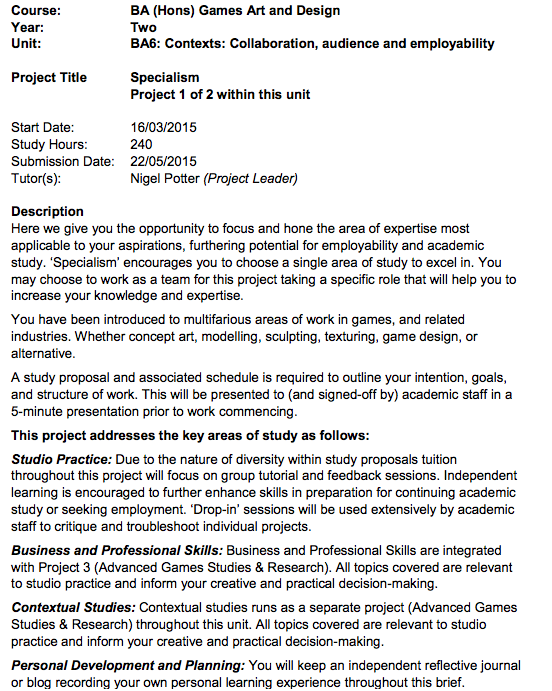A carousel (from French carrousel and Italian carosello), roundabout, or merry-go-round, is an amusement ride consisting of a rotating circular platform with seats for riders. The "seats" are traditionally in the form of rows of wooden horses or other animals mounted on posts, many of which are moved up and down by gear work to simulate galloping, to the accompaniment of looped circus music.This leads to one of the alternative names in American English, the galloper. Other popular names are jumper, horseabout and flying horses.
Carousels are commonly populated with horses, each horse weighing roughly 100 lbs (45 kg), but may include diverse varieties of mounts, like pigs, zebras, tigers, or mythological creatures such as dragons or unicorns. Sometimes, chairlike or benchlike seats are used as well, and occasionally mounts can be shaped like airplanes or cars.
Modern carousels
By the mid-19th century the platform carousel was developed; the animals and chariots were fixed to a circular floor that would suspend from a centre pole and rotate around. These carousels were called dobbies and were operated manually by the operator or by ponies.
In mid-19th century England, the carousel became a popular fixture at fairs. The first steam-powered mechanical roundabout, invented by Thomas Bradshaw, appeared at the Aylsham Fair in about 1861. It was described by a Halifax Courier journalist as: a roundabout of huge proportions, driven by a steam engine which whirled around with such impetuosity, that the wonder is the daring riders are not shot off like cannon- ball, and driven half into the middle of next month.
Soon afterwards, the engineer Frederick Savage began to branch out of agricultural machinery production into the construction of fairground machines, swiftly becoming the chief innovator in the field. By 1870, he was manufacturing carousels with Velocipedes (an early type of bicycle) and he soon began experimenting with other possibilities, including a roundabout with boats that would pitch and roll on cranks with a circular motion, a ride he called 'Sea-on-Land'.
He soon applied a similar innovation to the more traditional mount of the horse; he installed gears and offset cranks on the platform carousels, thus giving the animals their well-known up-and-down motion as they travelled around the centre pole. The platform served as a position guide for the bottom of the pole and as a place for people to walk or other stationary animals or chariots to be placed. He called this ride the 'Platform Gallopers' . He also developed the 'platform-slide' which allowed the mounts to swing out concentrically as the carousel built up speed. Fairground organs (band organs) were often present (if not built in) when these machines operated. Eventually electric motors were installed and electric lights added, giving the carousel its classic look.
These mechanical innovations came at a crucial time, when increased prosperity meant that more people had time for leisure and spare money to spend on entertainment. It was in this historical context that the modern fairground ride was born, with Savage supplying this new market demand. In his 1902 Catalogue for Roundabouts he claimed to have
...patented and placed upon the market all the principal novelties that have delighted the many thousands of pleasure seekers at home and abroad.
In the United States, the carousel industry was developed by immigrants, notably Gustav Dentzel of Germany and Dare from England, from the late 19th century. Several centers and styles for the construction of carousels emerged in the United States: Coney Island style – characterised by elaborate, and sometimes faux jewelled, saddles – with Charles I. D. Looff; Philadelphia style – known for more realistically painted saddles – with Dentzel and the Philadelphia Toboggan Company; and Country Fair style – often with no saddles at all – with Allan Herschell and Edward Spillman of western New York, and Charles W. Parker of Kansas. The golden age of the carousel in America was the early 20th century, with large machines and elaborate animals, chariots, and decorations being built.






